________________________________________________________________________
Hanging Temple
From Wikipedia, the free encyclopedia Jump to n
| Hanging Temple | |
|---|---|
| 悬空寺 | |
| The Hanging Temple. | |
| Religion | |
| Affiliation | Buddhism |
| Location | |
| Location | Hunyuan County, Datong City, Shanxi Province |
| Country | China |
| Shown within ShanxiShow map of ShanxiShow map of ChinaShow all | |
| Geographic coordinates | 39°39′57″N 113°42′18″ECoordinates: 39°39′57″N 113°42′18″E |
| Architecture | |
| Style | Chinese architecture |
| Founder | Liaoran |
| Date established | 6th century |
The Hanging Temple, also Hanging Monastery or Xuankong Temple is a temple built into a cliff (75-metre (246 ft) above the ground) near Mount Heng in Hunyuan County, Datong City, Shanxi Province, China. The closest city is Datong, 64.23-kilometre (39.91 mi) to the northwest. Along with the Yungang Grottoes, the Hanging Temple is one of the main tourist attractions and historical sites in the Datong area. Built more than 1,500 years ago, this temple is notable not only for its location on a sheer precipice but also because it is the only existing temple with the combination of three Chinese traditional religions: Buddhism, Taoism, and Confucianism. The structure is kept in place with oak crossbeams fitted into holes chiseled into the cliffs. The main supportive structure is hidden inside the bedrock.[1] The monastery is located in the small canyon basin, and the body of the building hangs from the middle of the cliff under the prominent summit, protecting the temple from rain erosion and sunlight. Coupled with the repair of the dynasties, the color tattoo in the temple is relatively well preserved.
_____________________________________________________________________________
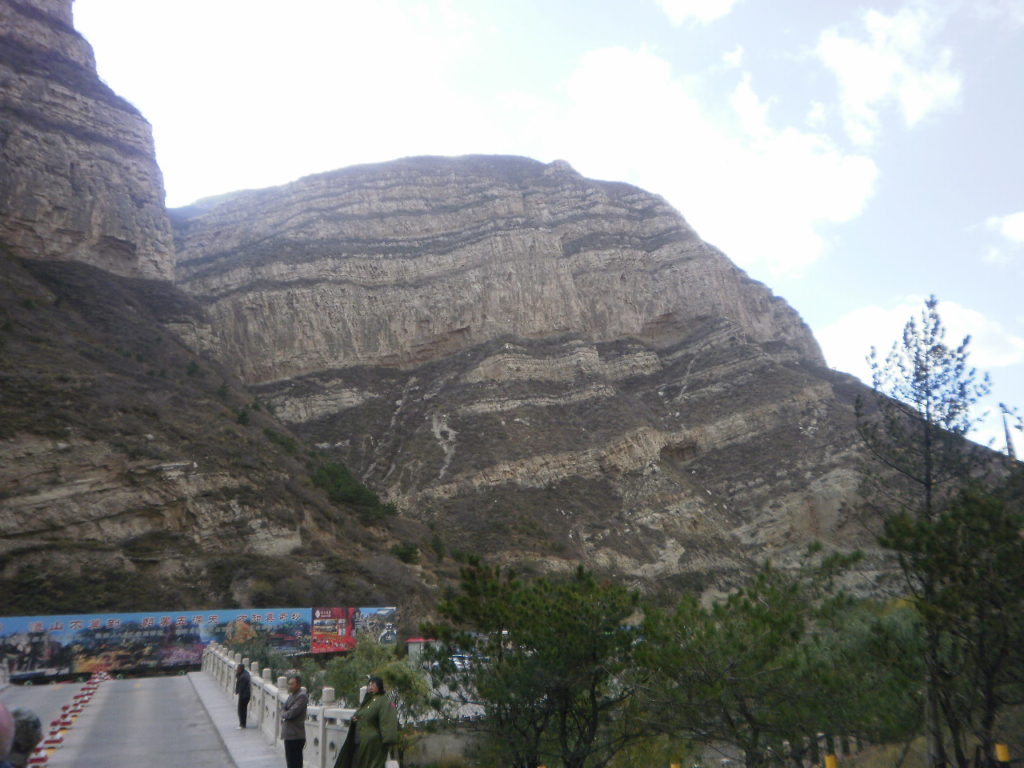
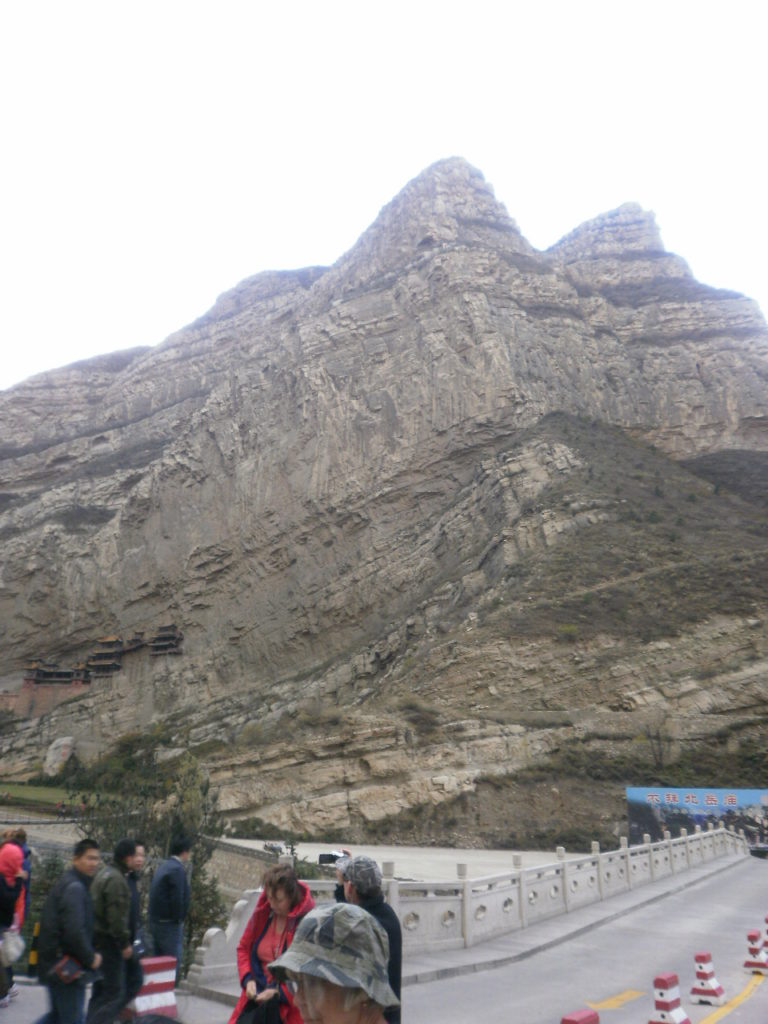
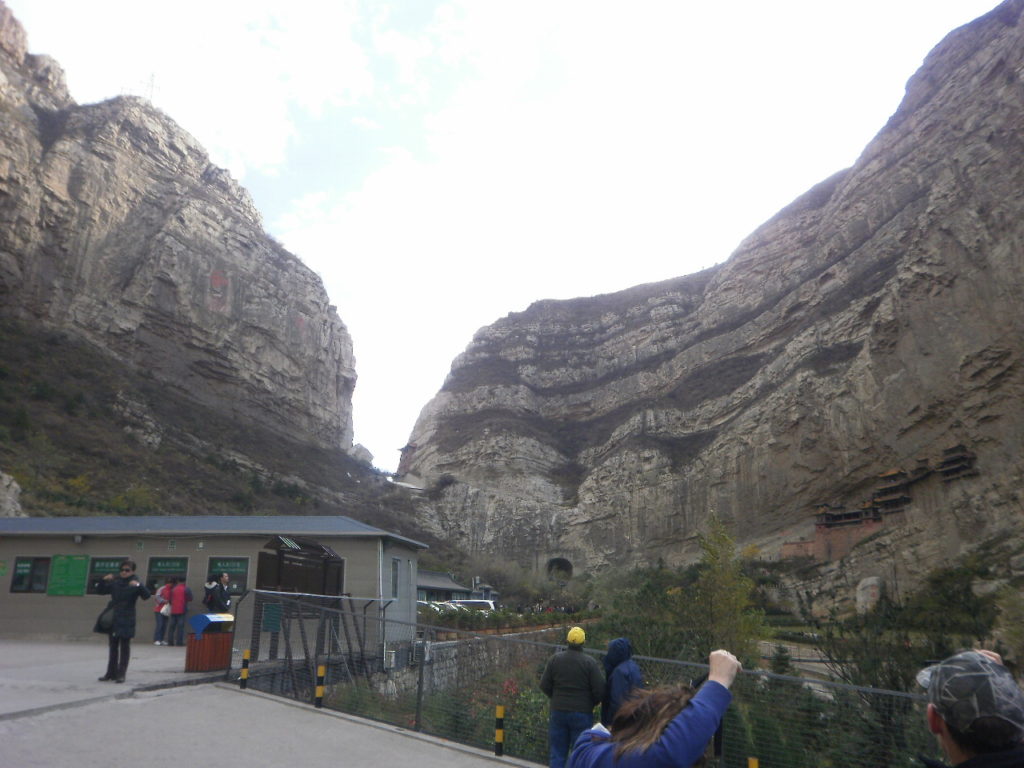
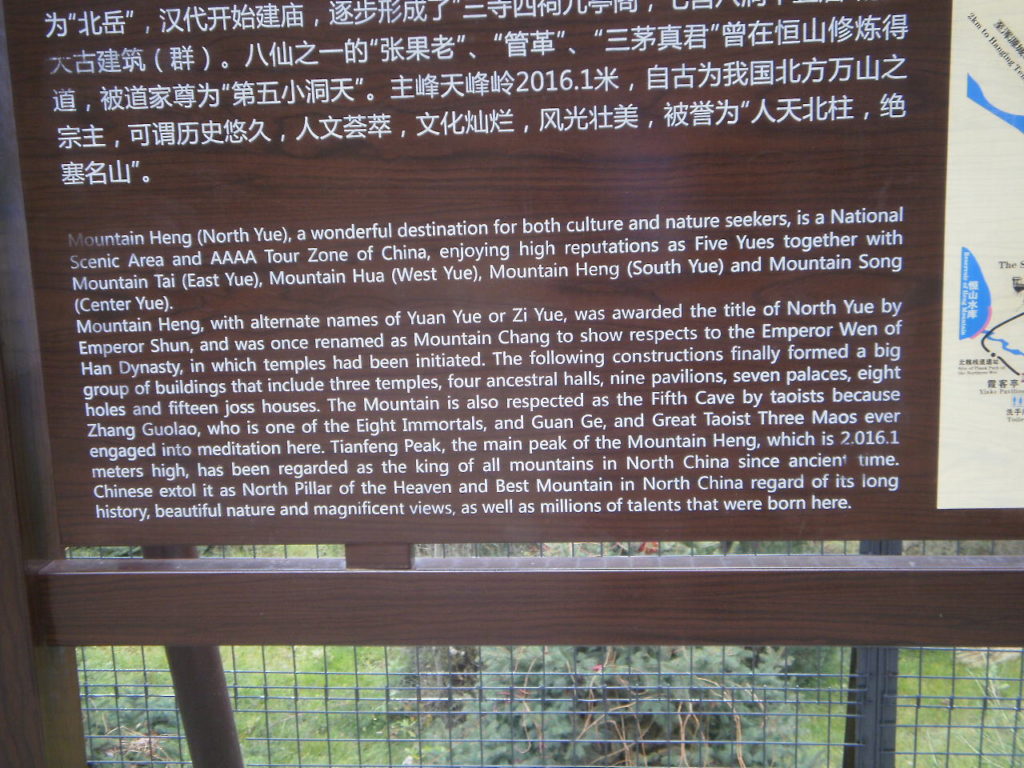

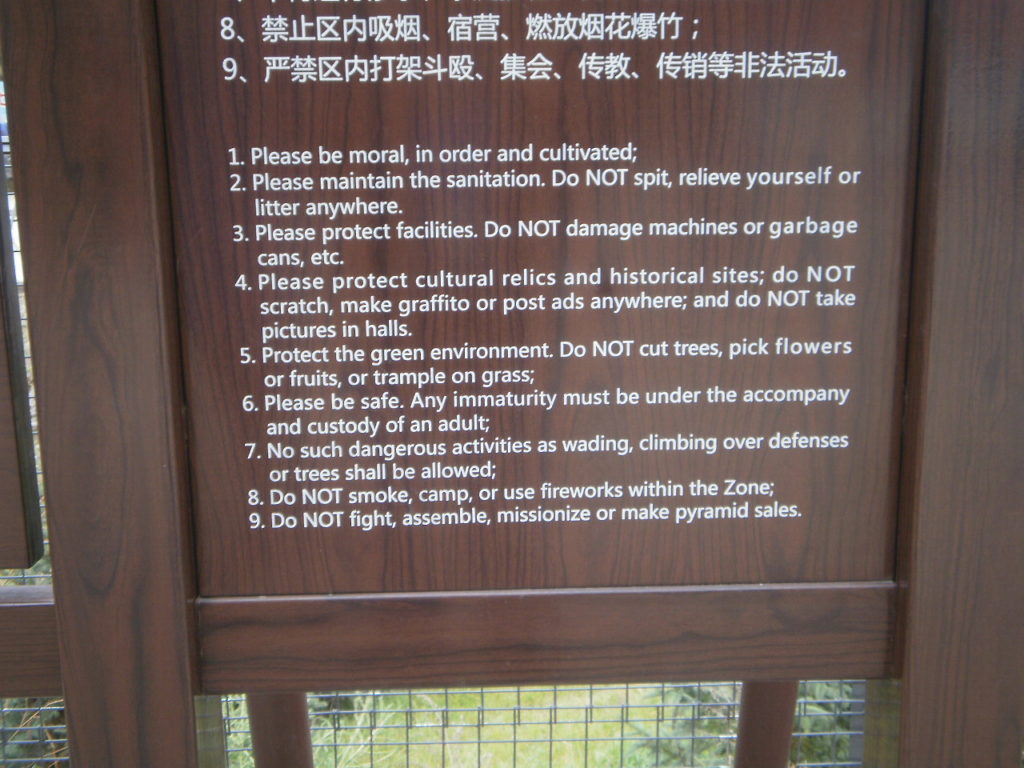
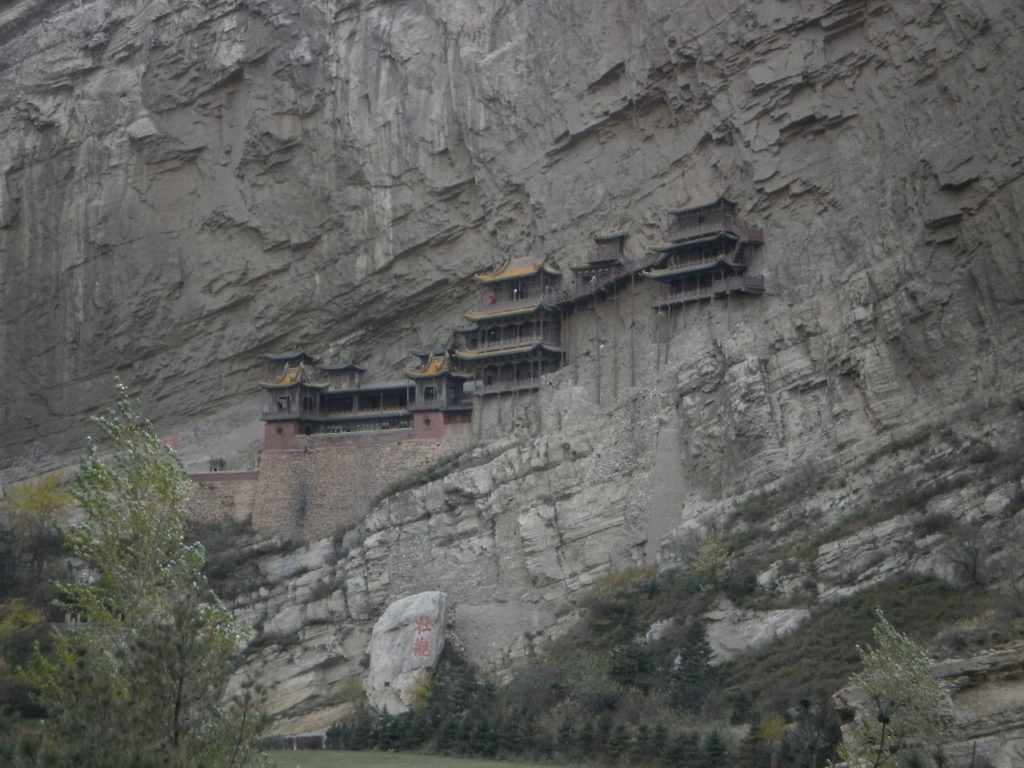
The Hanging Temple.
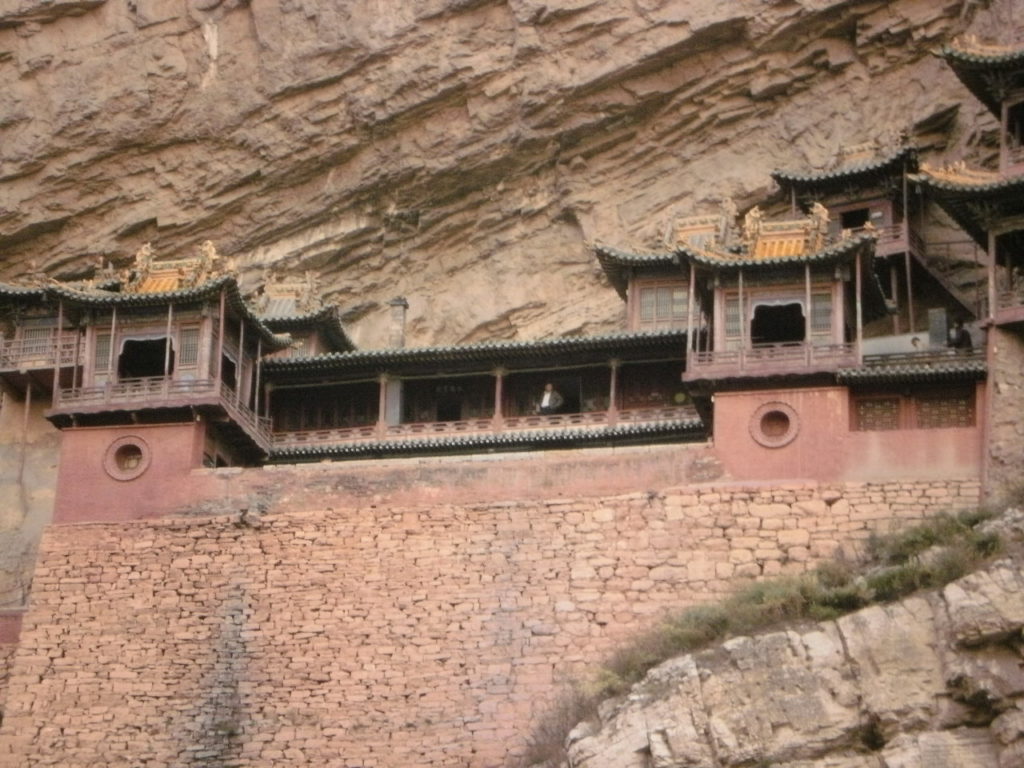
History
According to legend, construction of the temple was started at the end of the Northern Wei dynasty by only one man, a monk named Liaoran. Over the next 1,400 years, many repairs and extensions have led to its present-day scale.[2]
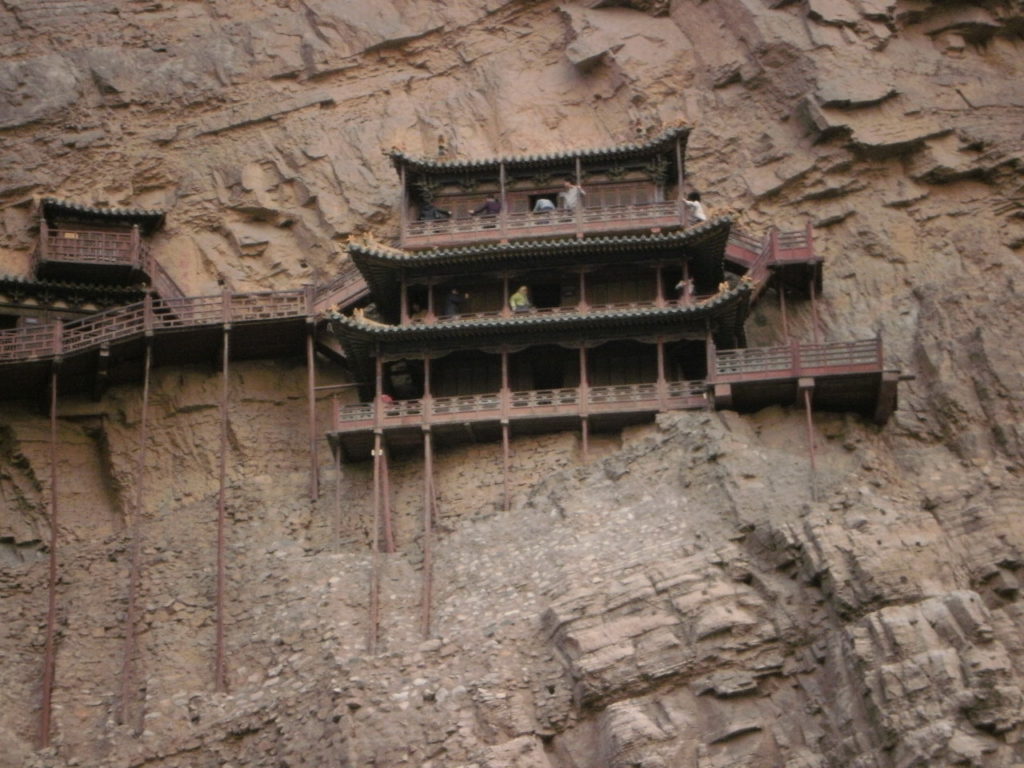
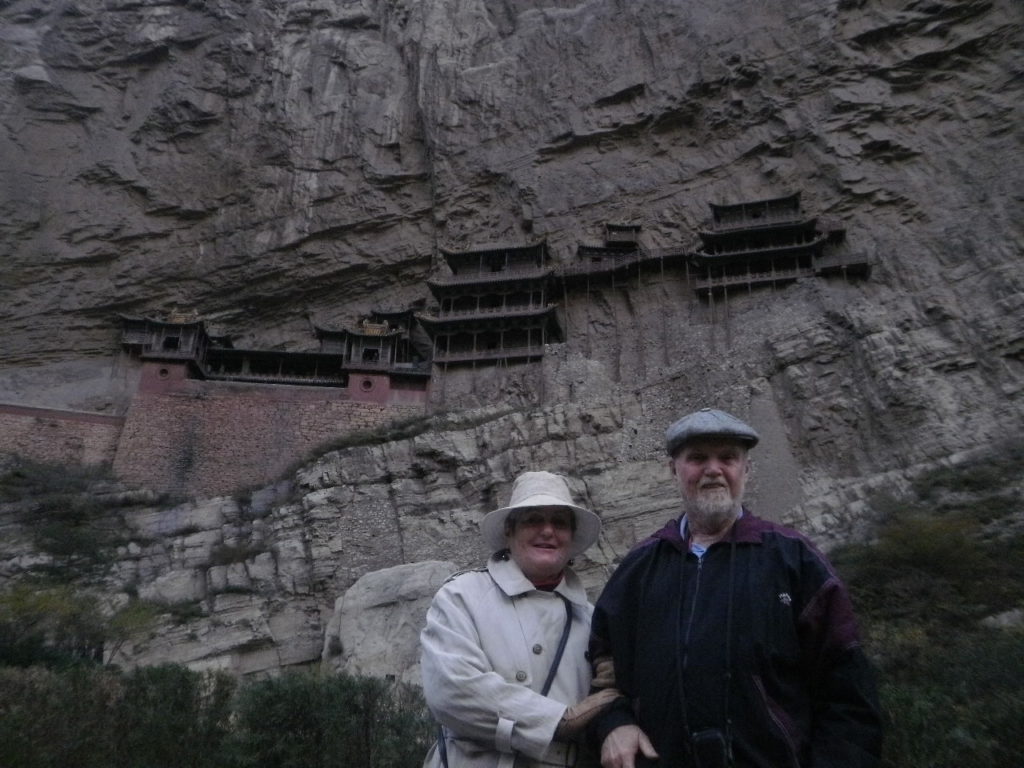

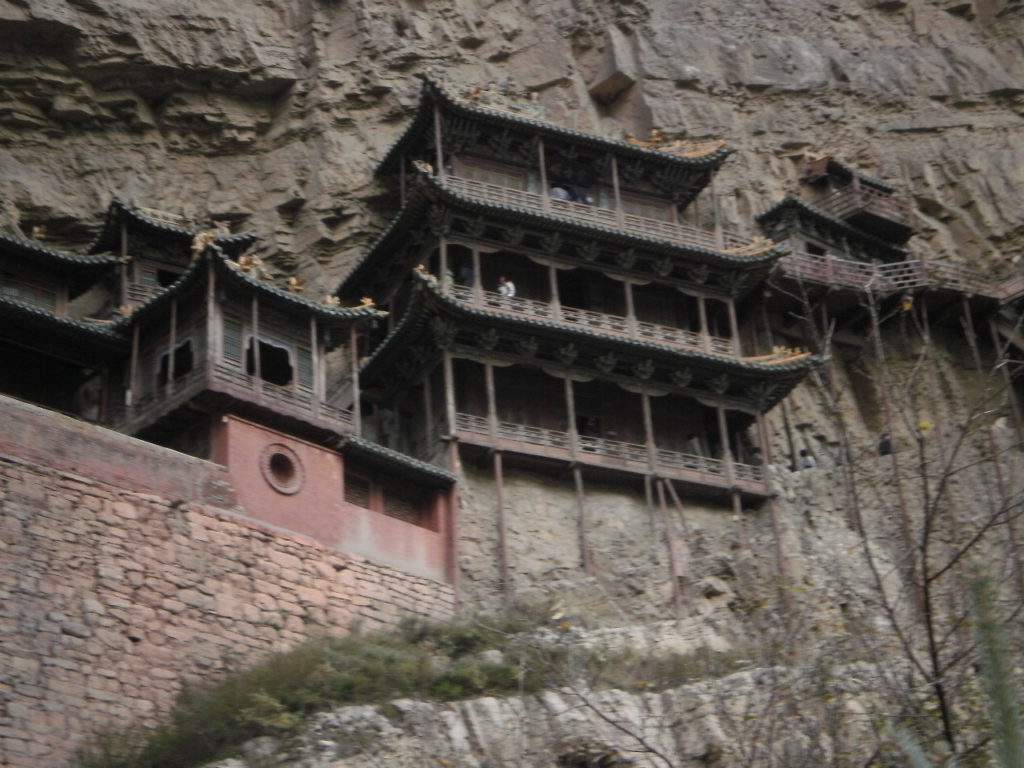
Architecture
The entire 40 halls and pavilions are all built on cliffs which are over 30-metre (98 ft) from the ground. The distance from north to south is longer than from east to west and it becomes higher and higher from the gate in the south to north along the mountain. With brief layout, it includes the Qielan Hall (Hall of Sangharama), Sanguan Hall (Hall of Three Officials, Chunyang Hall, Hall of Sakyamuni, Hall of Three Religions and Guanyin Hall.[3]
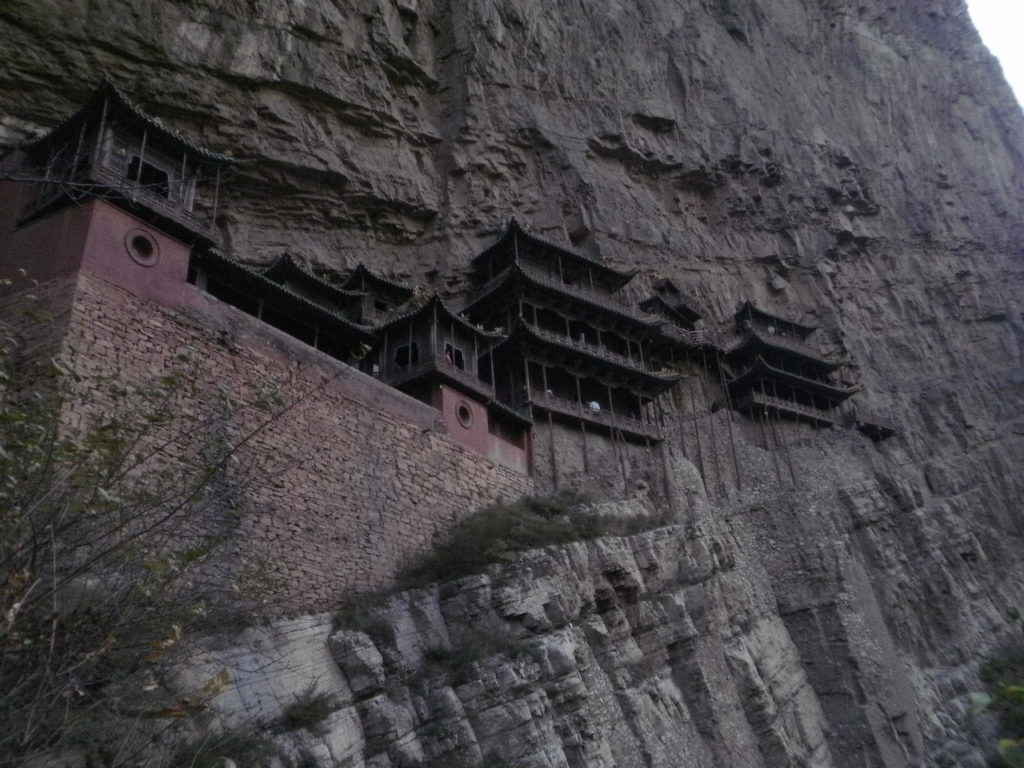
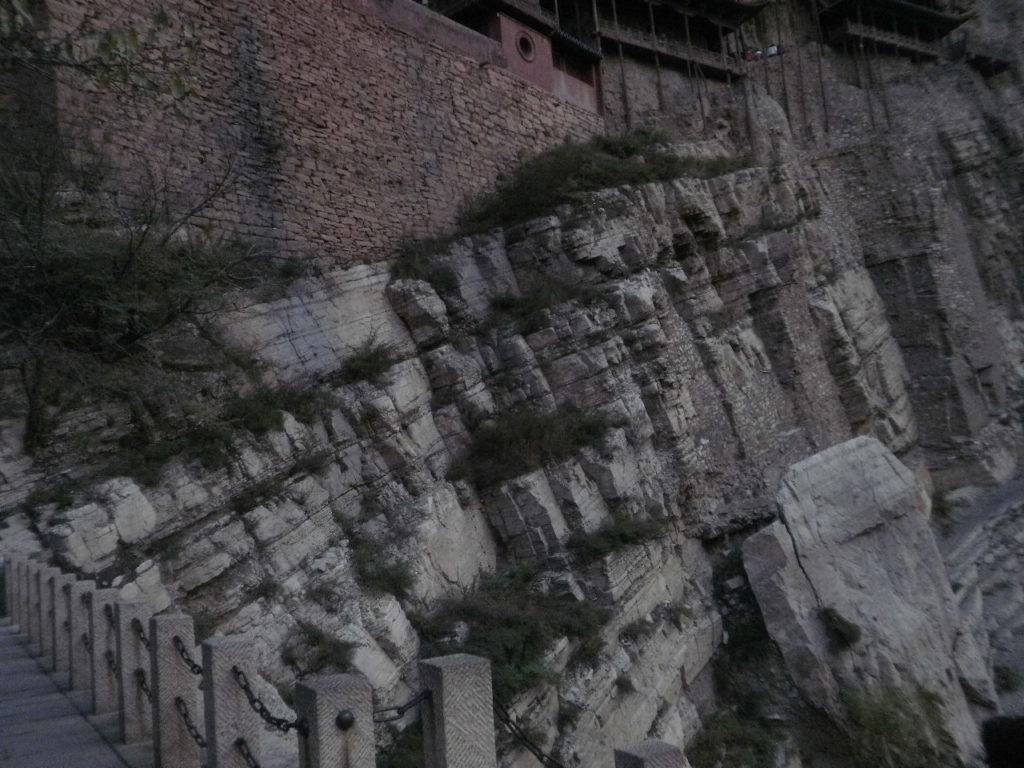
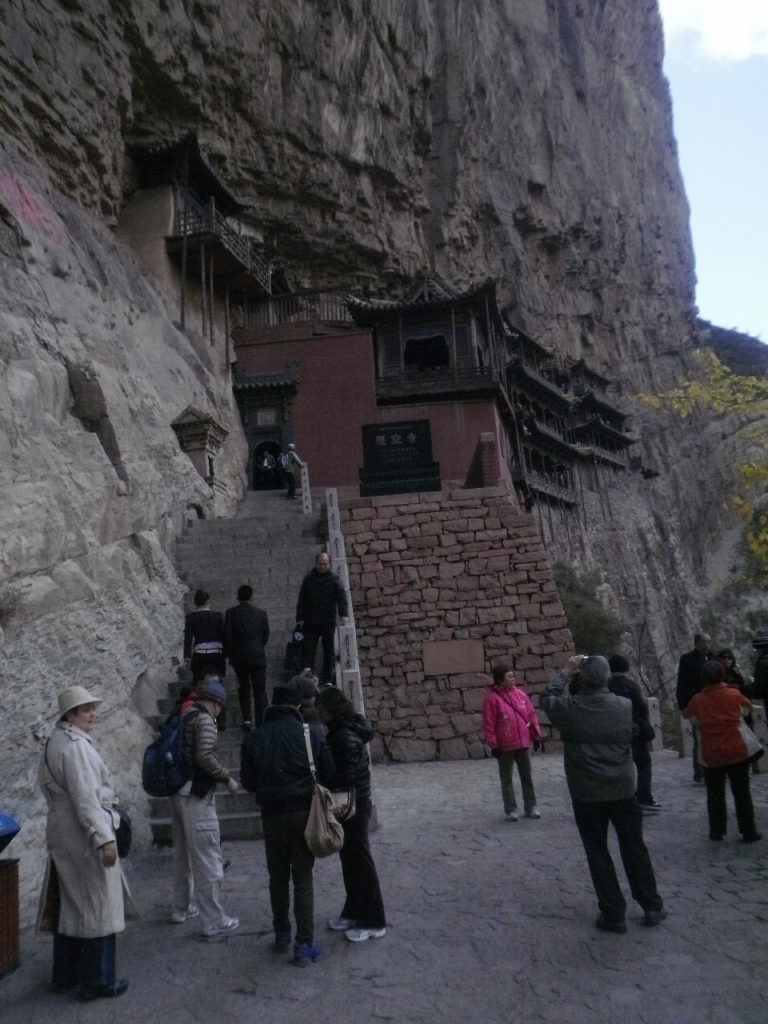
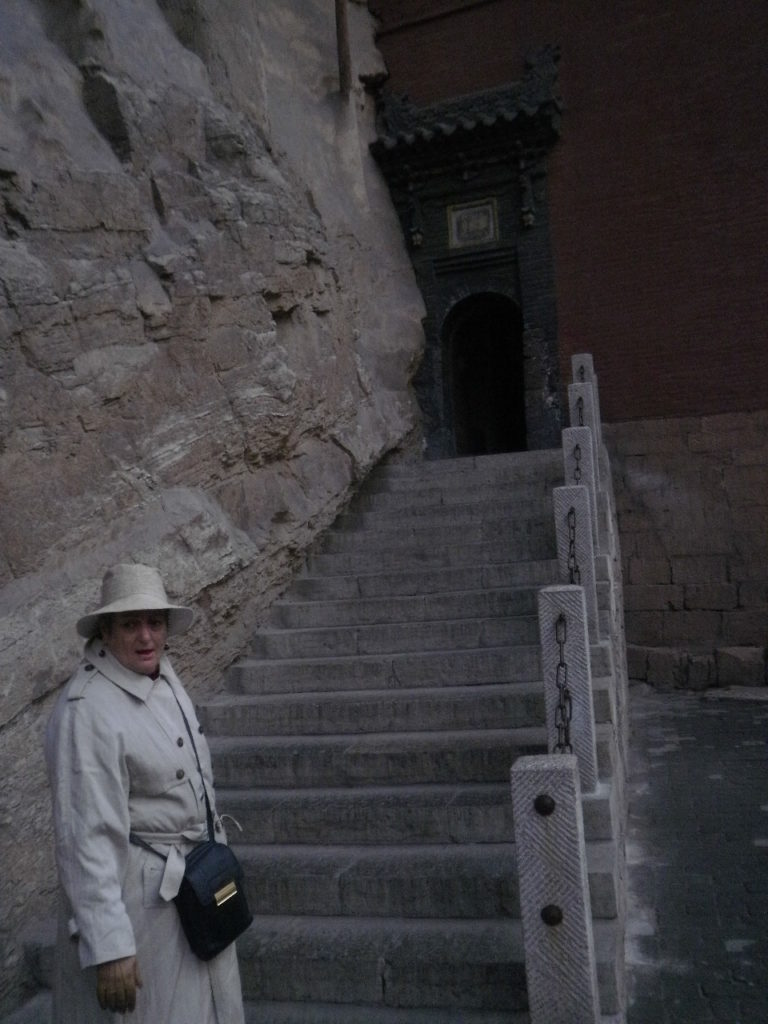
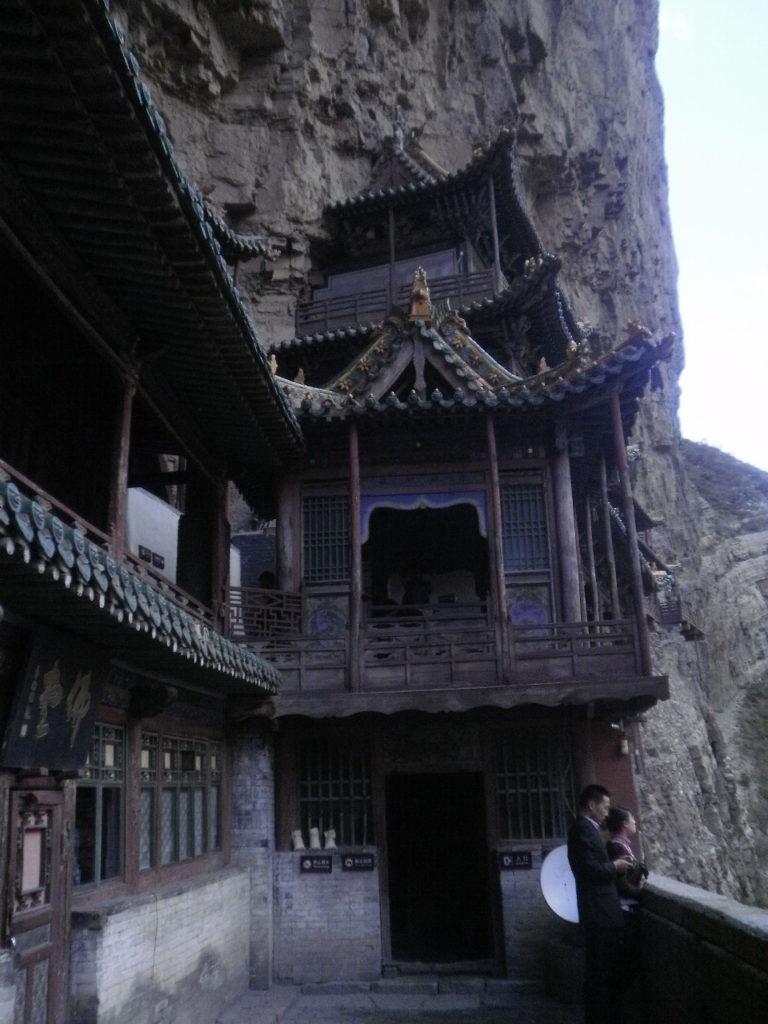
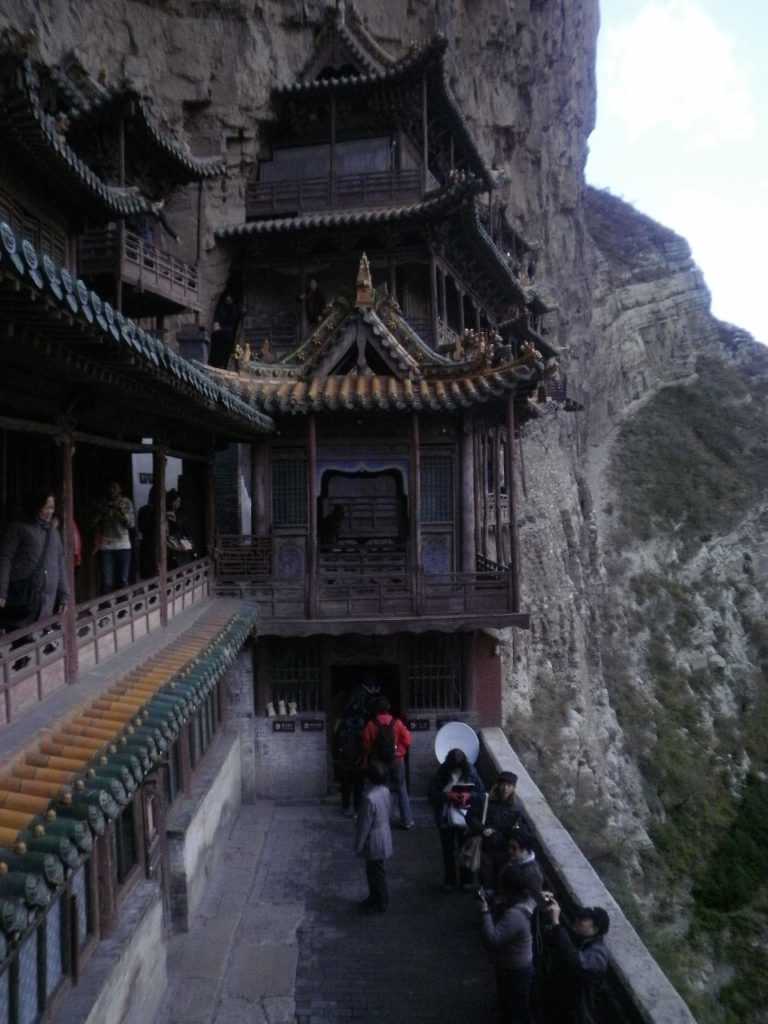
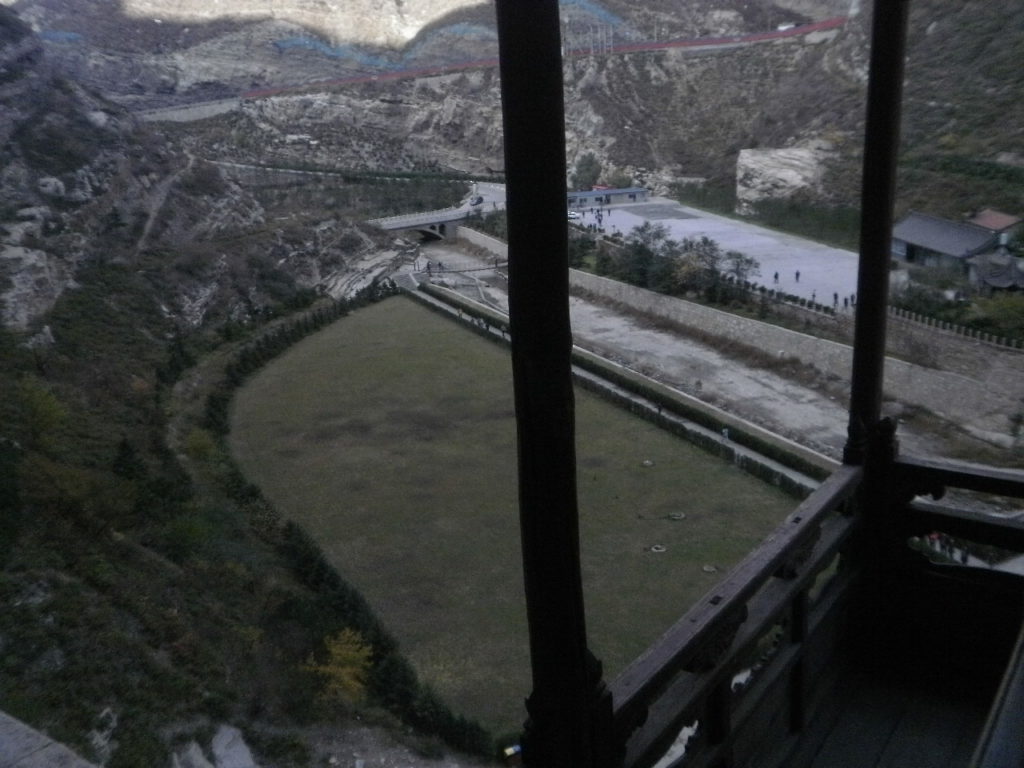
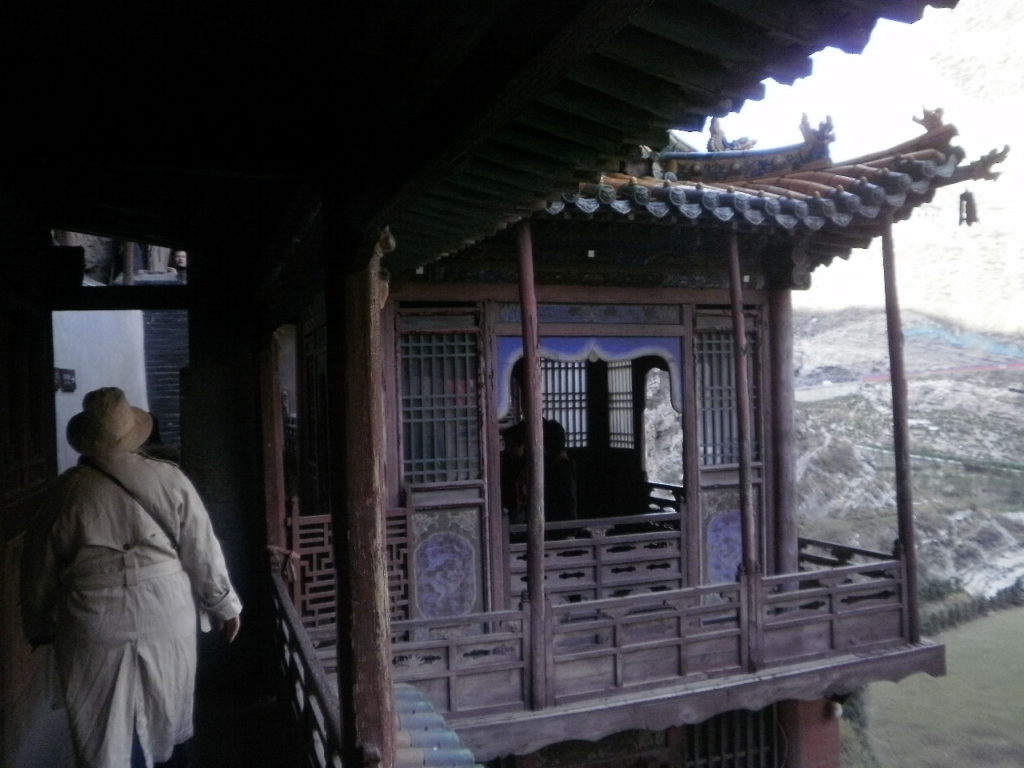
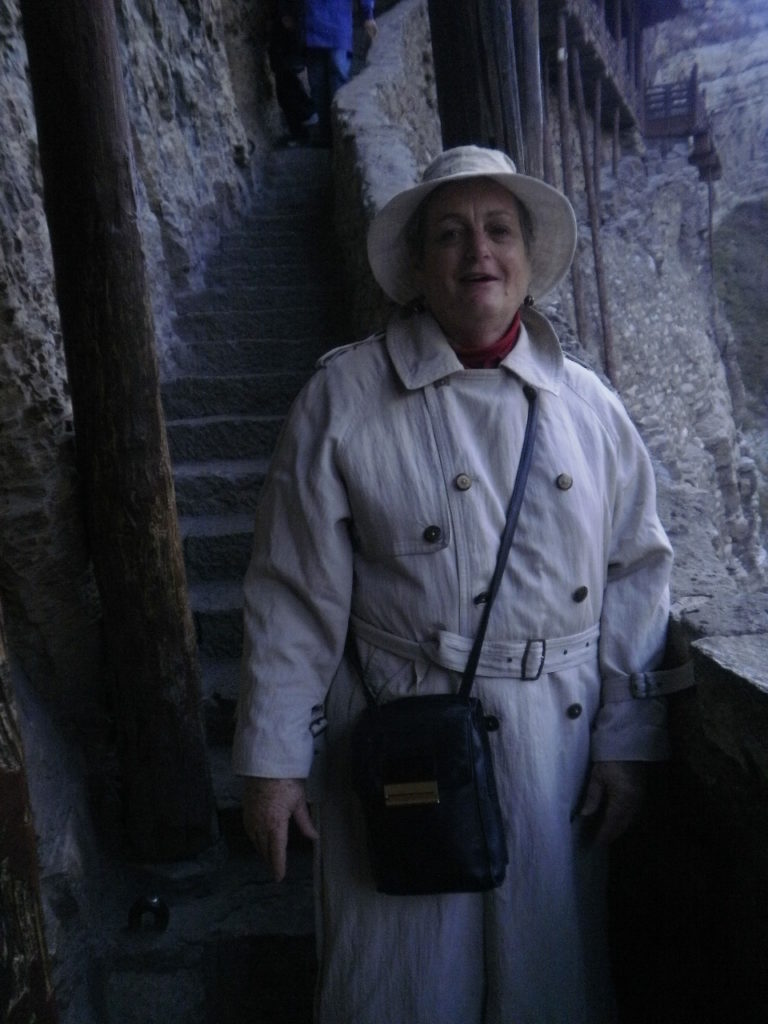
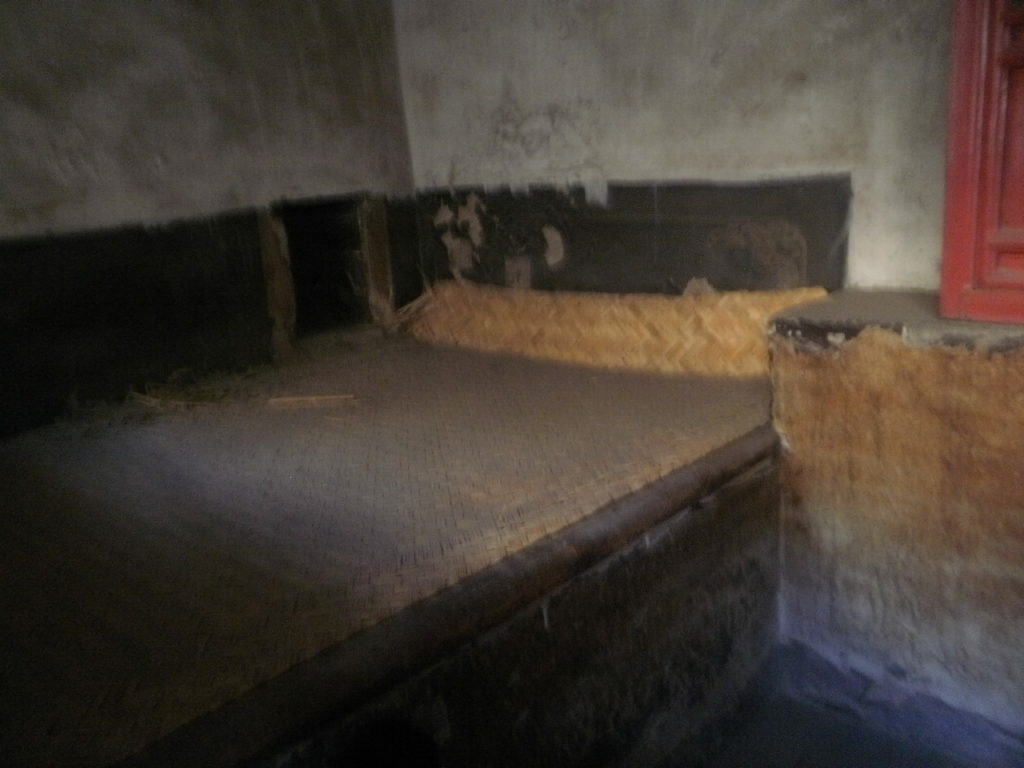

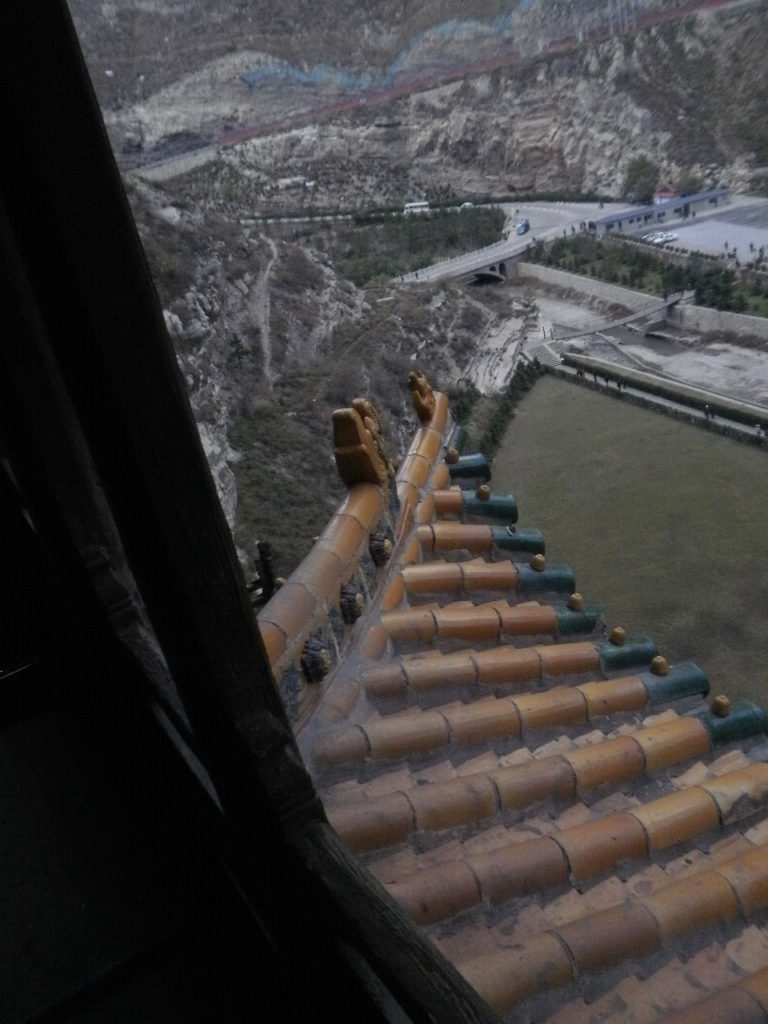
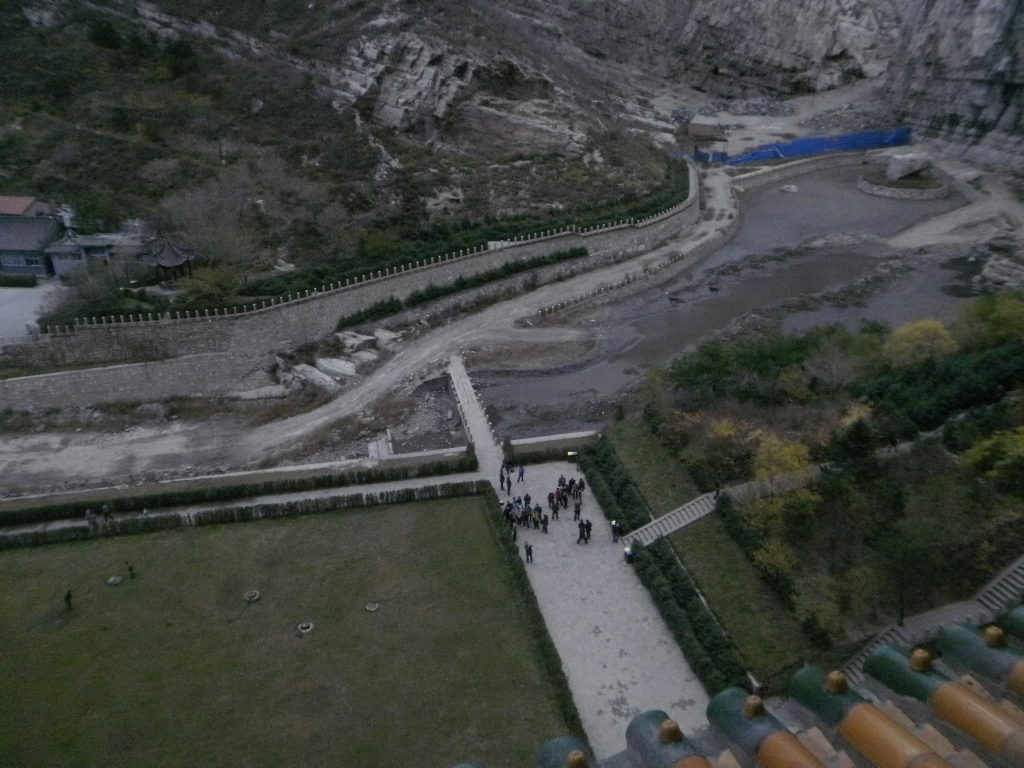
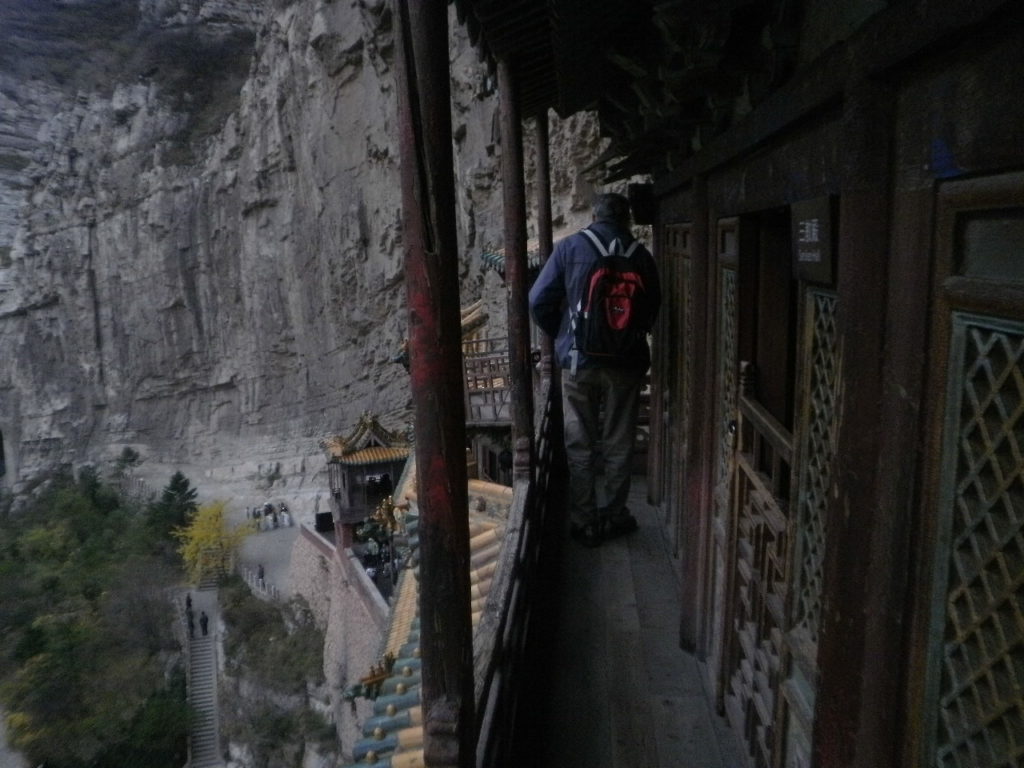
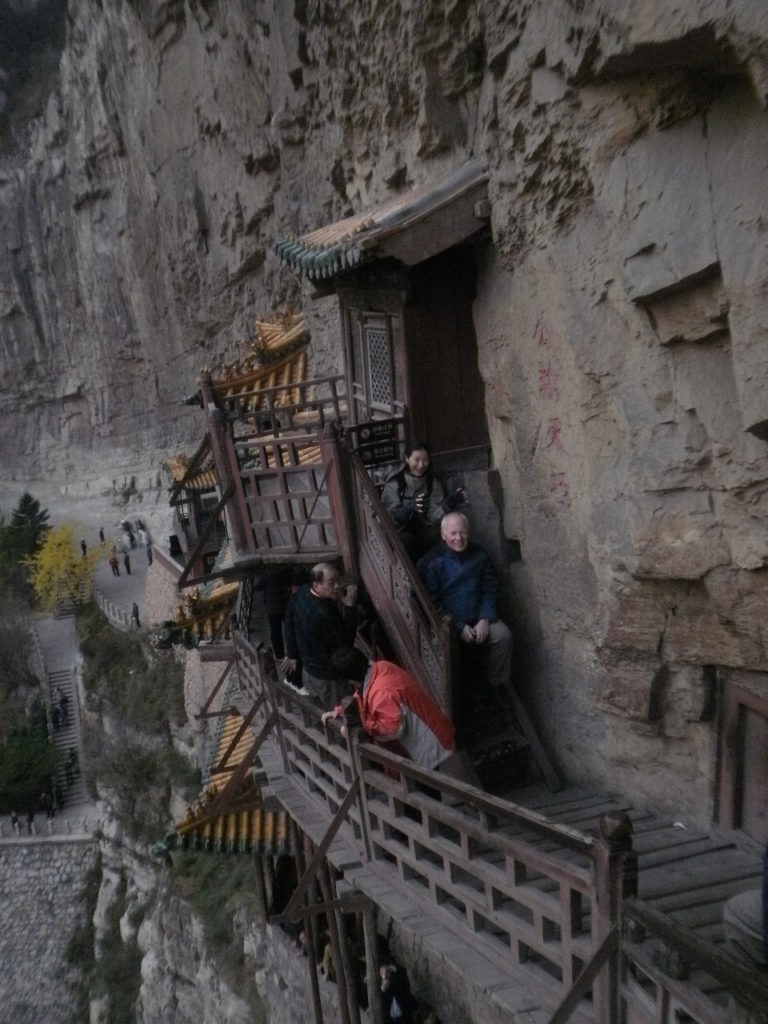
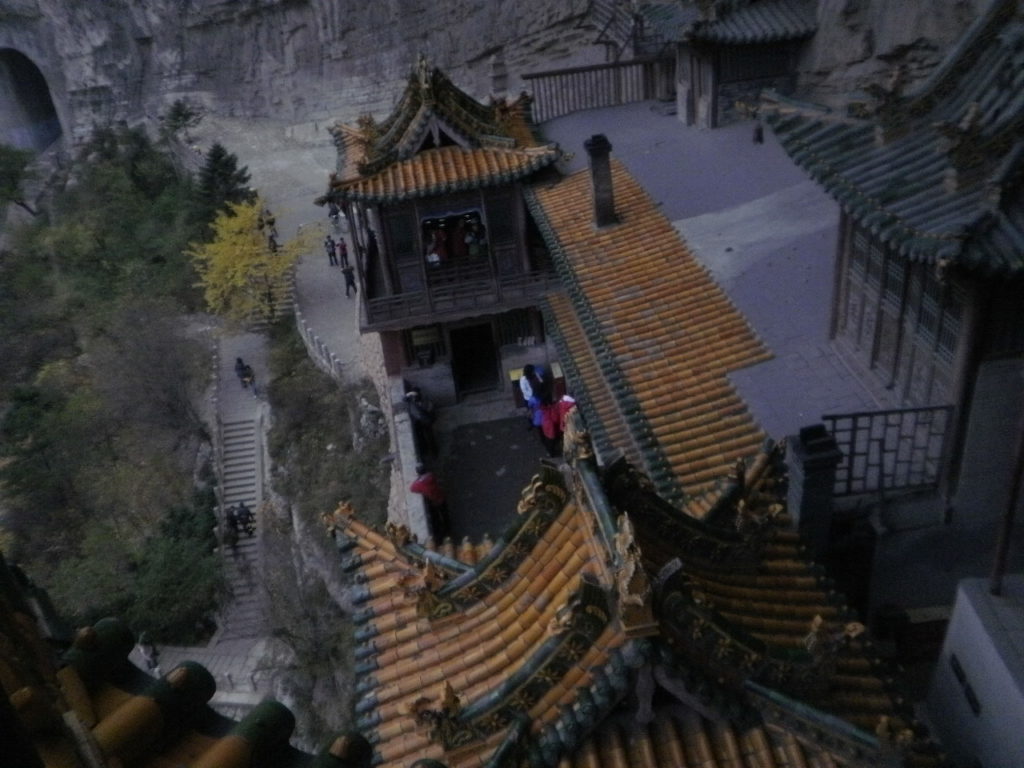
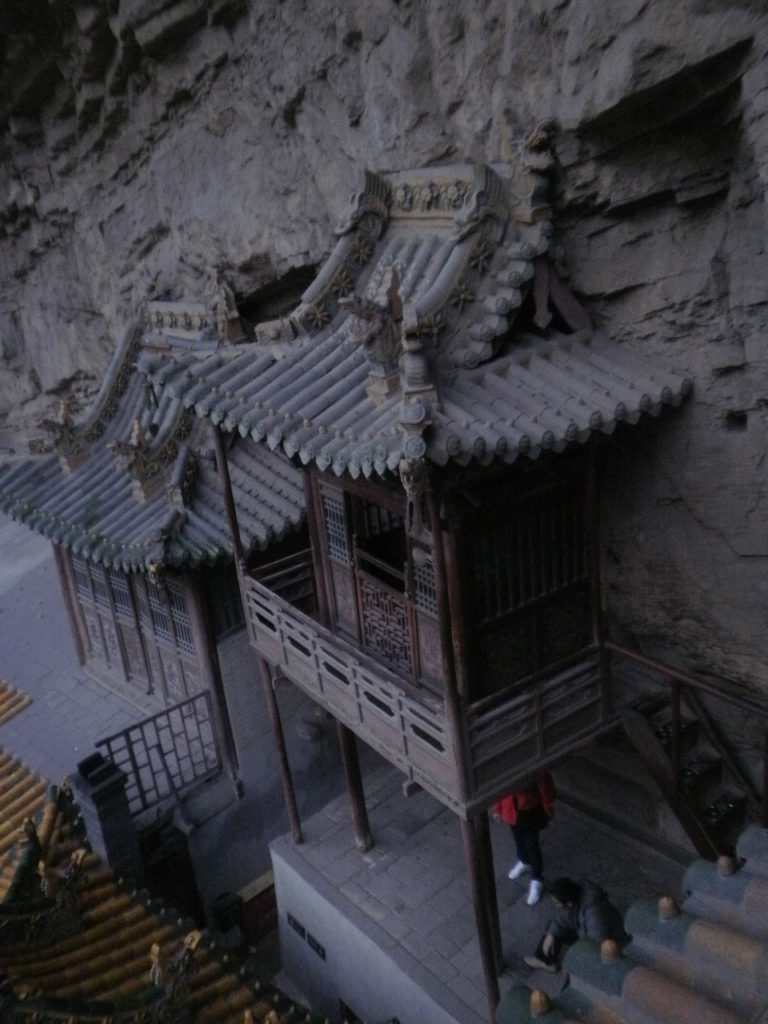
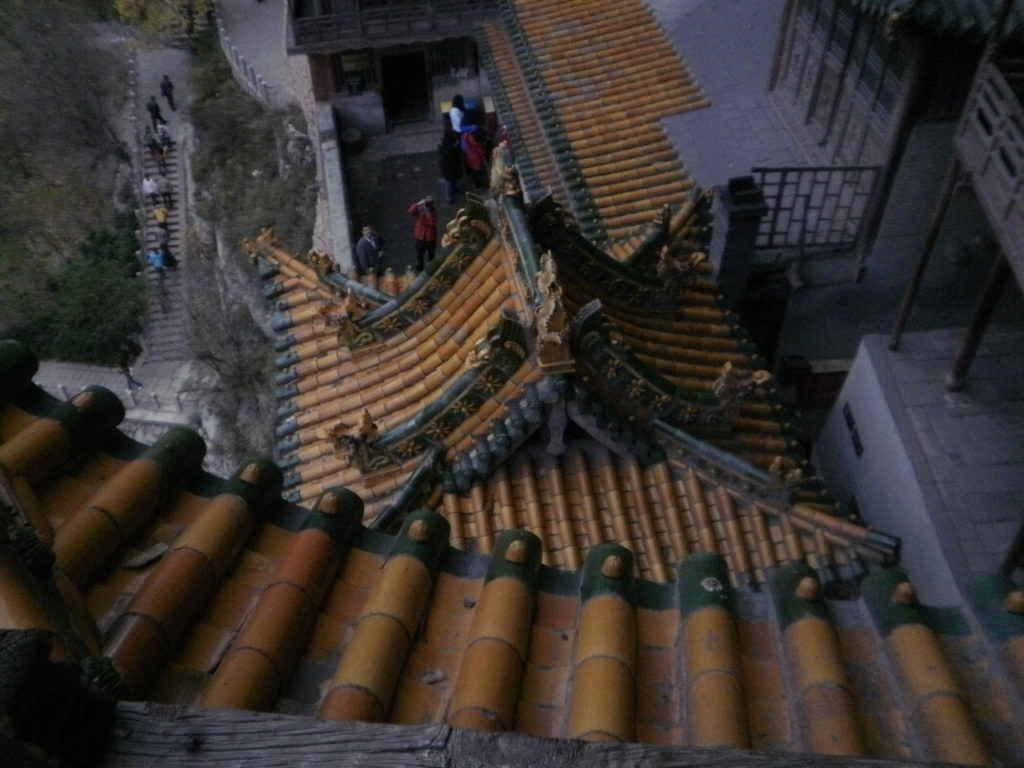
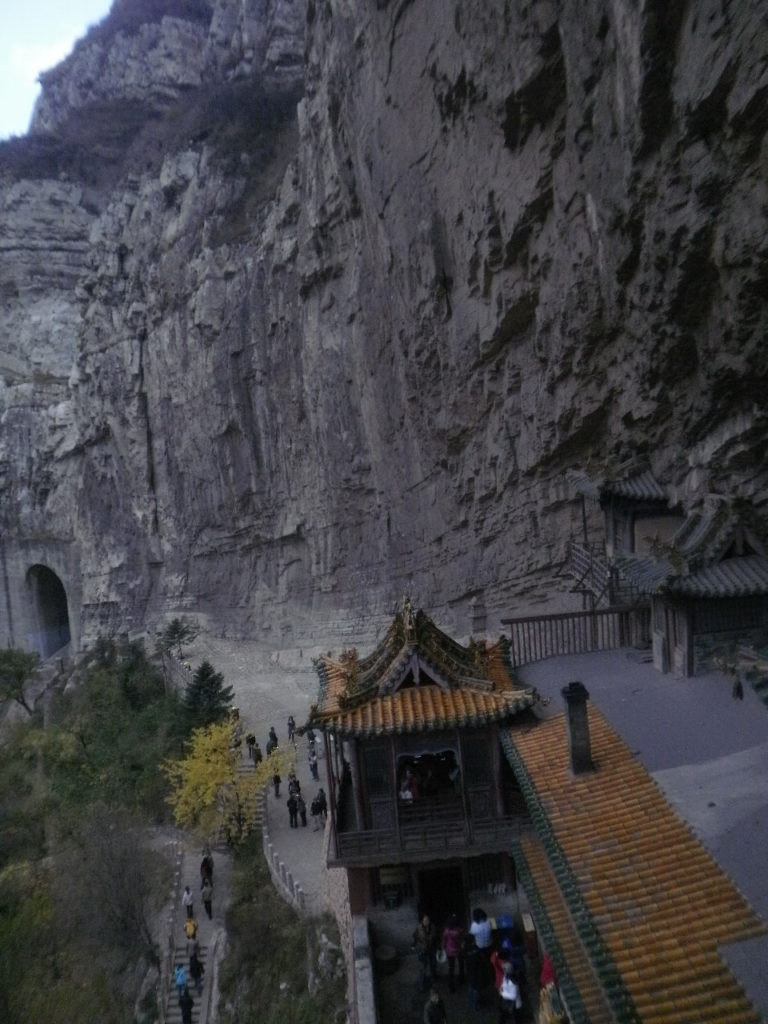
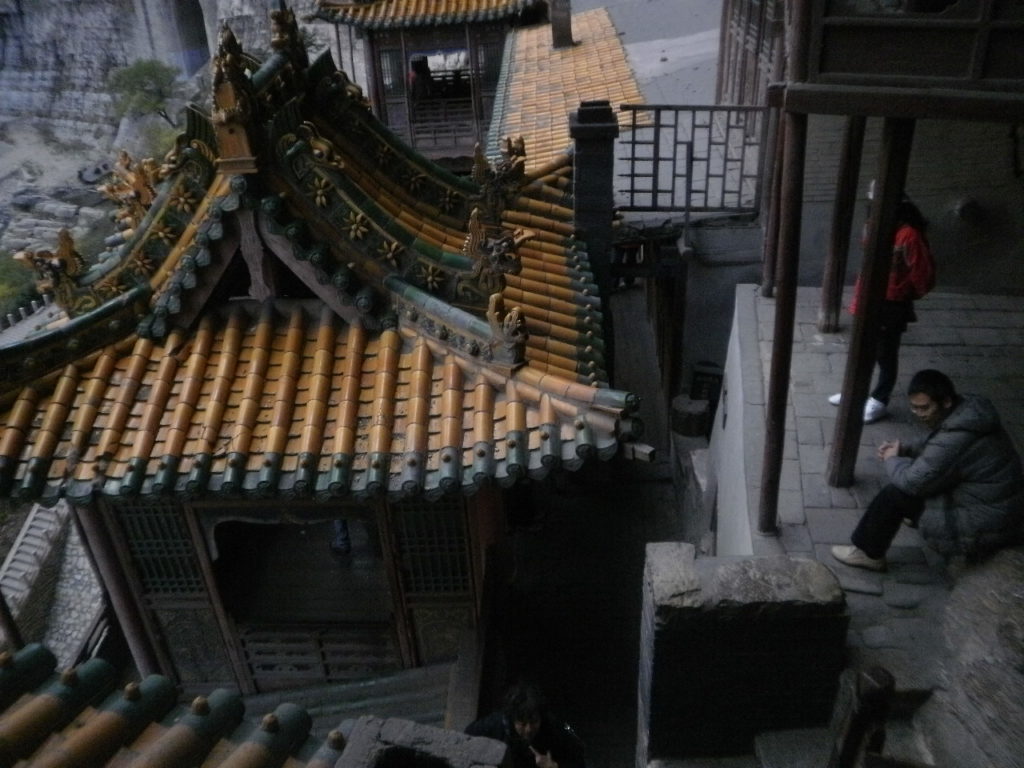
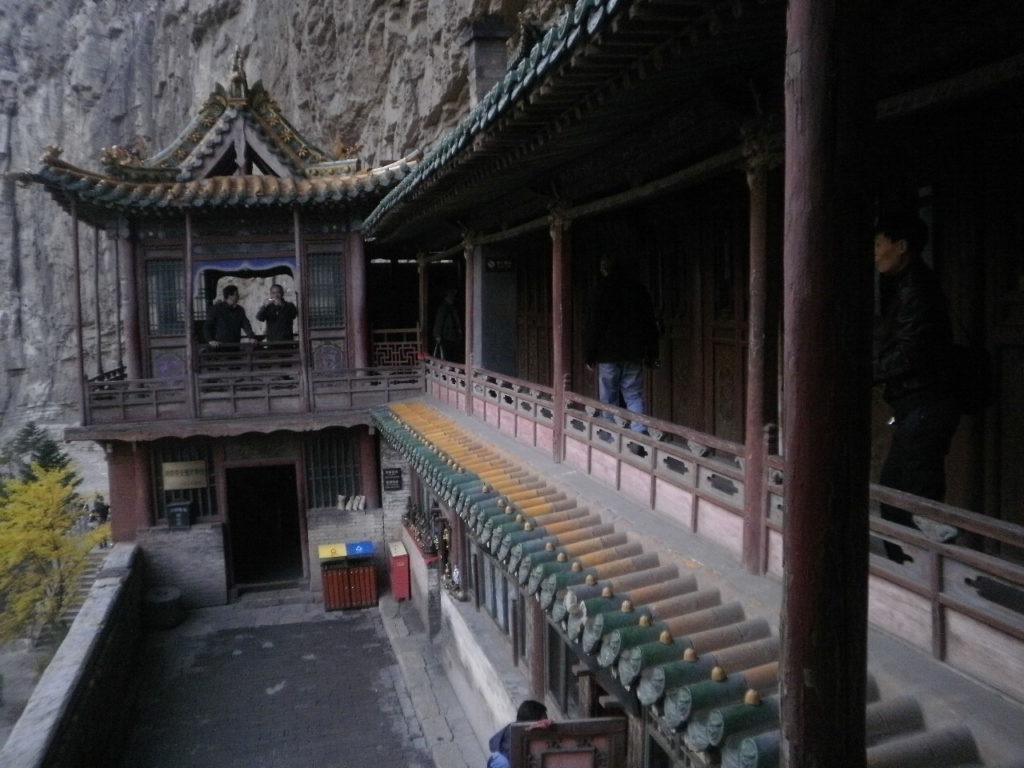
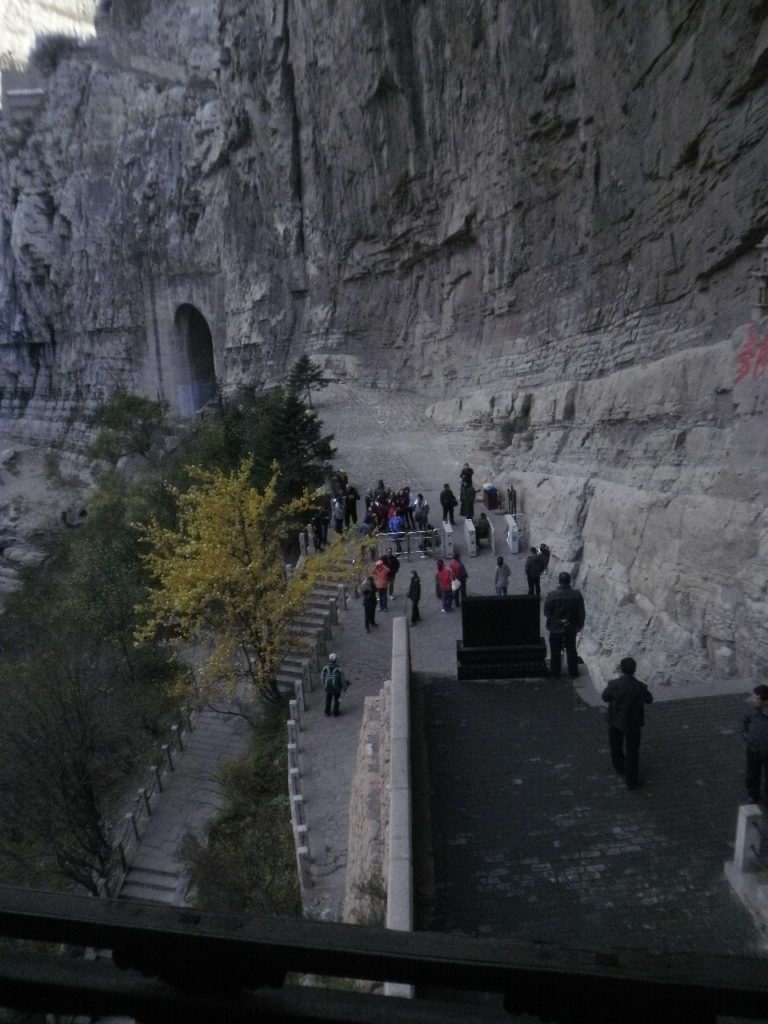
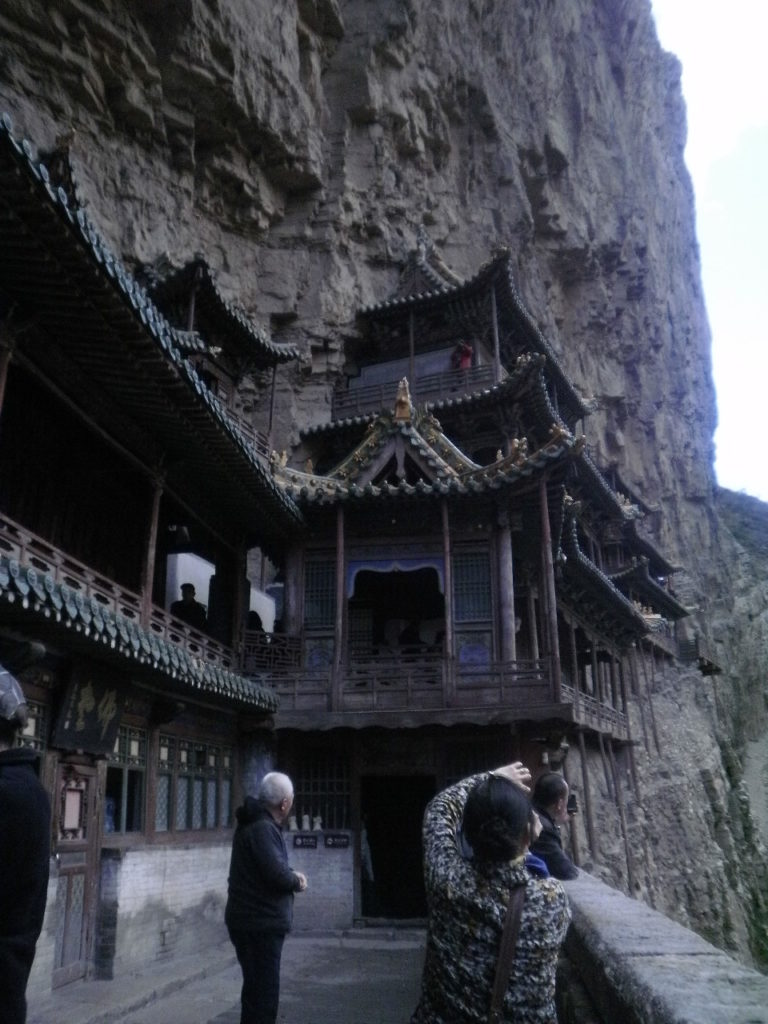
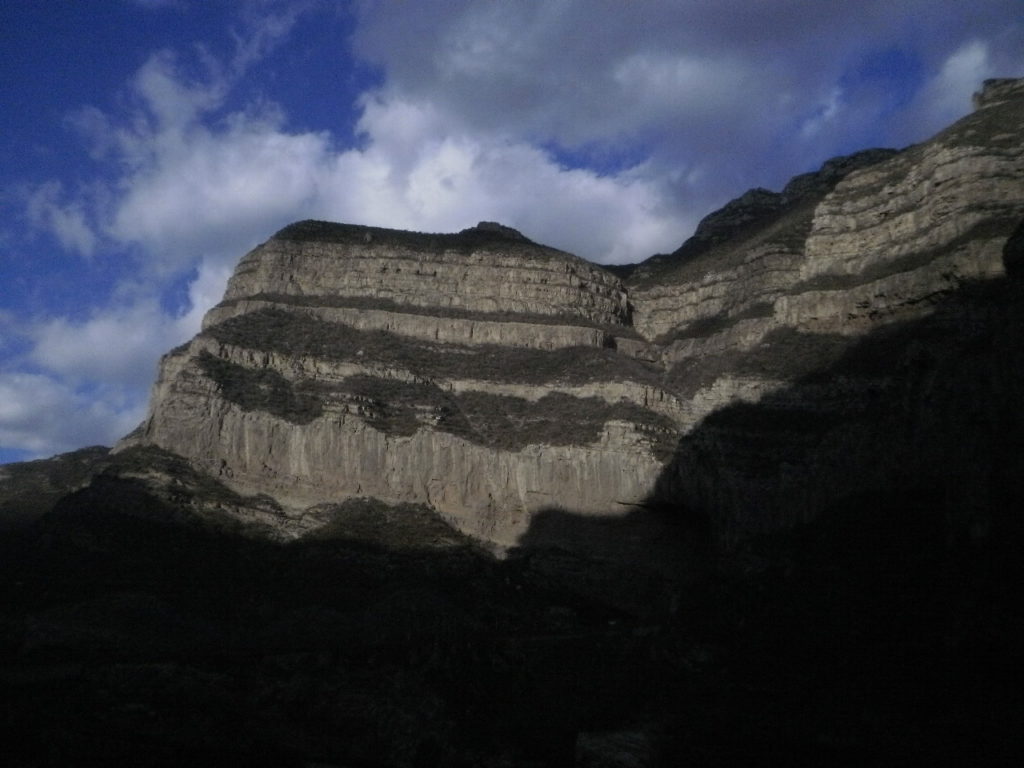
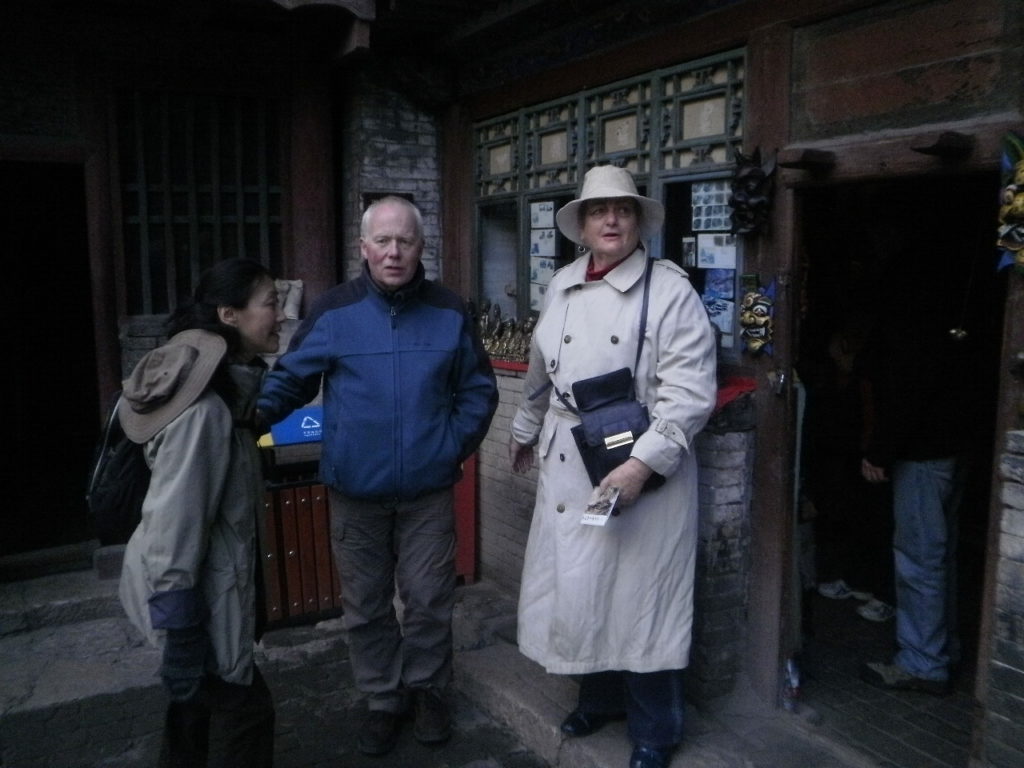
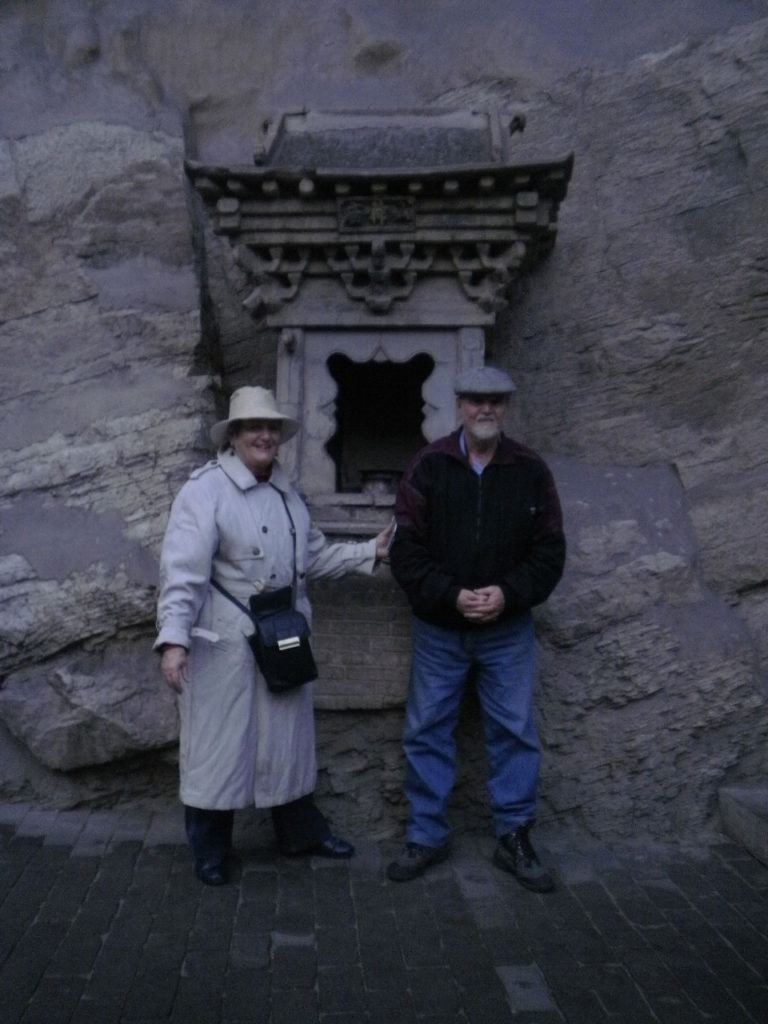

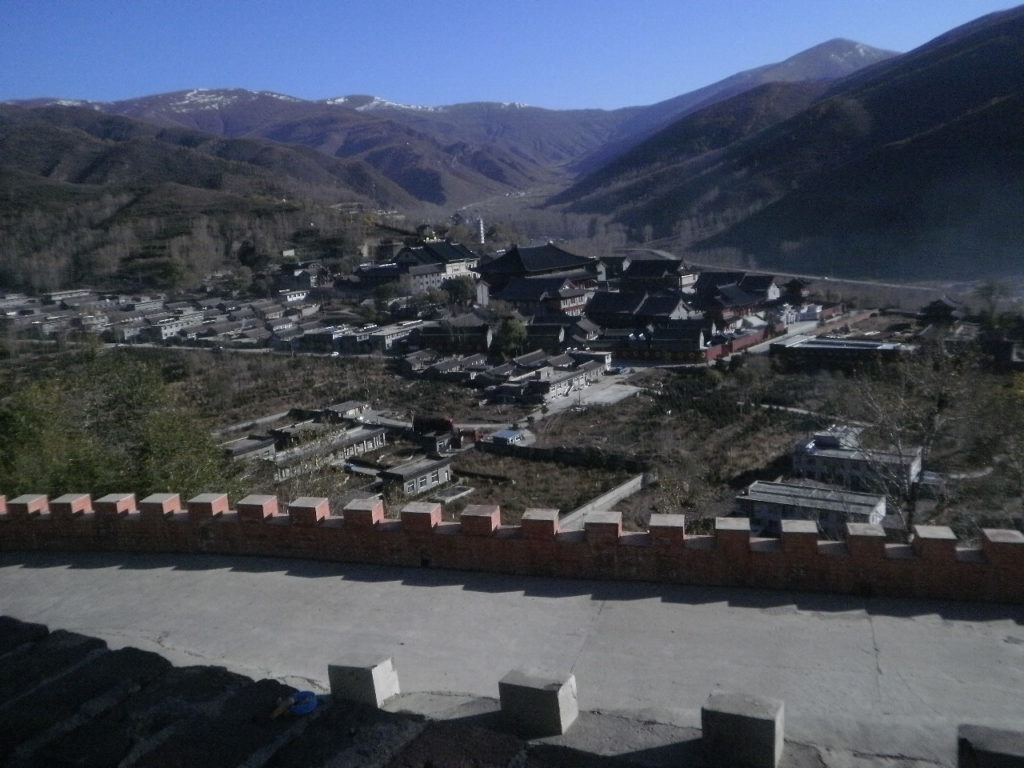
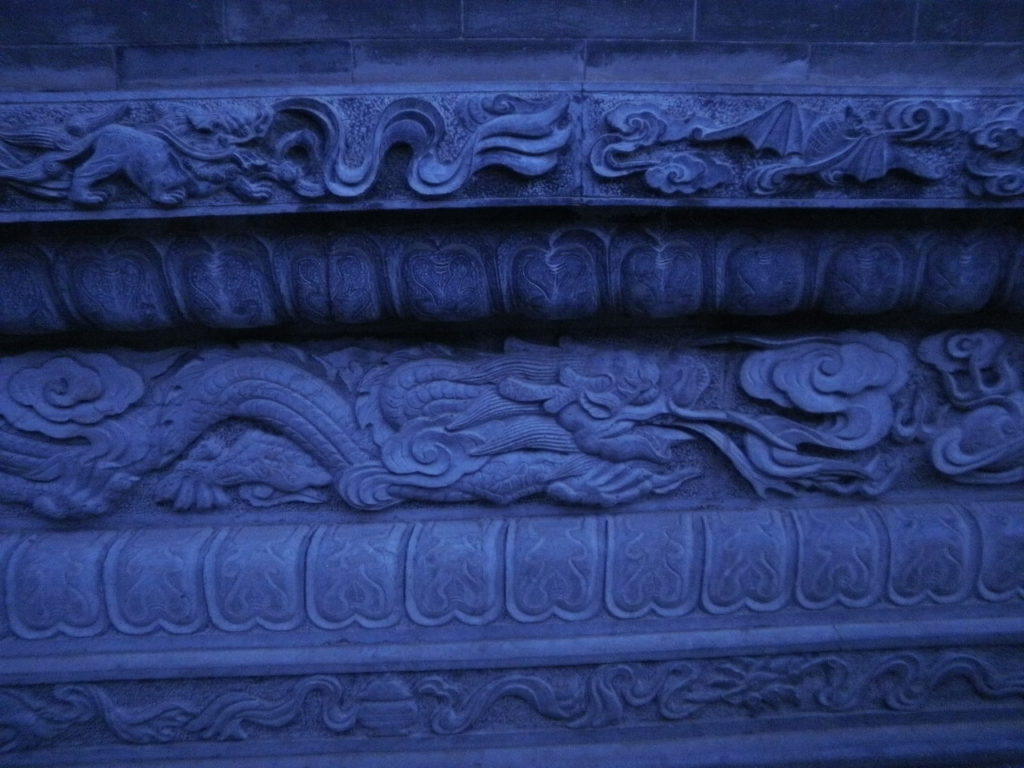
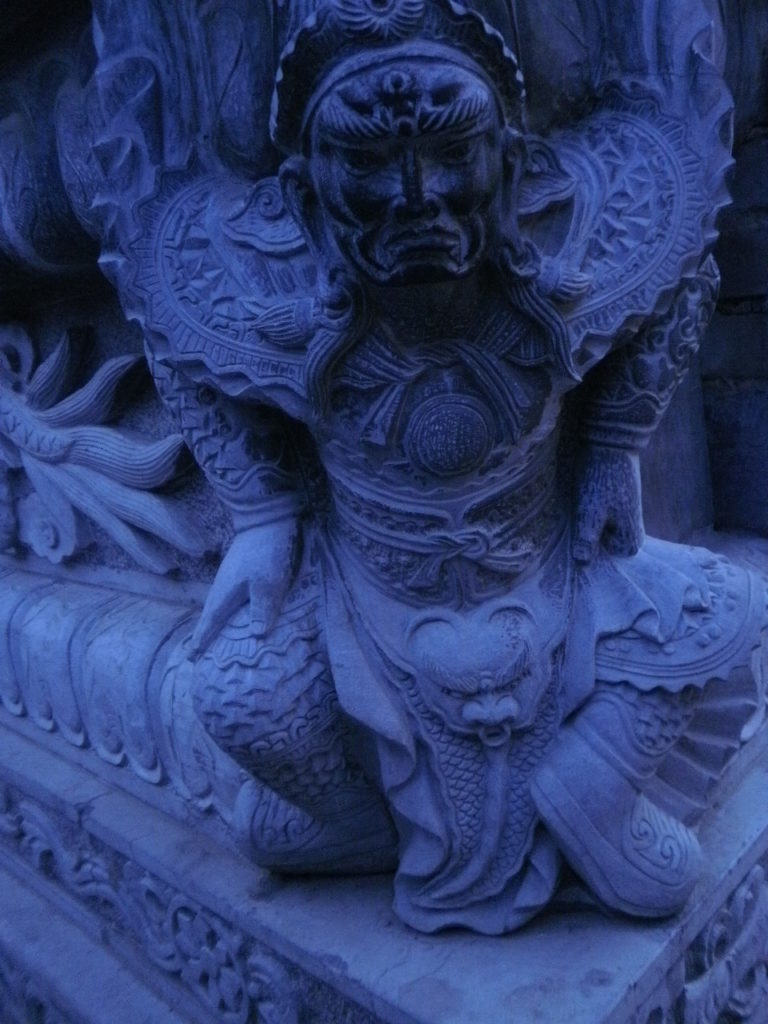
________________________________________________________________________________________________________
